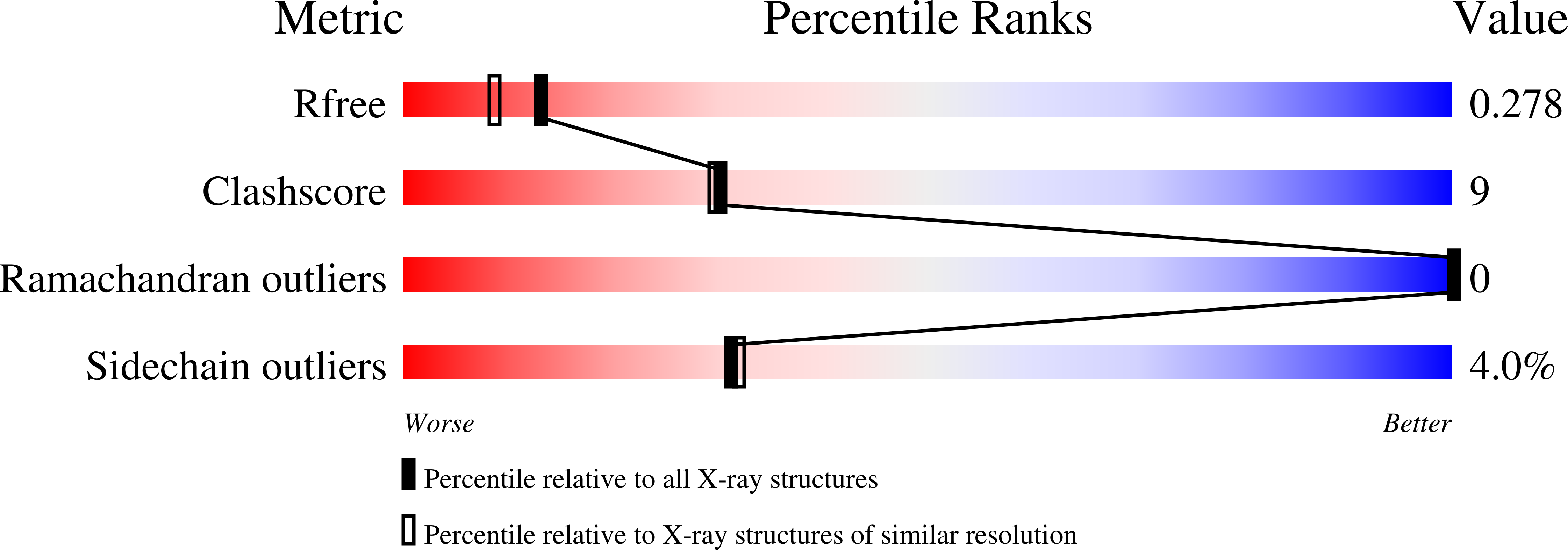
Deposition Date
2022-03-04
Release Date
2022-08-24
Last Version Date
2024-05-01
Entry Detail
Biological Source:
Source Organism:
Plasmodium falciparum 3D7 (Taxon ID: 36329)
Host Organism:
Method Details:
Experimental Method:
Resolution:
2.10 Å
R-Value Free:
0.27
R-Value Work:
0.25
R-Value Observed:
0.25
Space Group:
I 2 2 2


